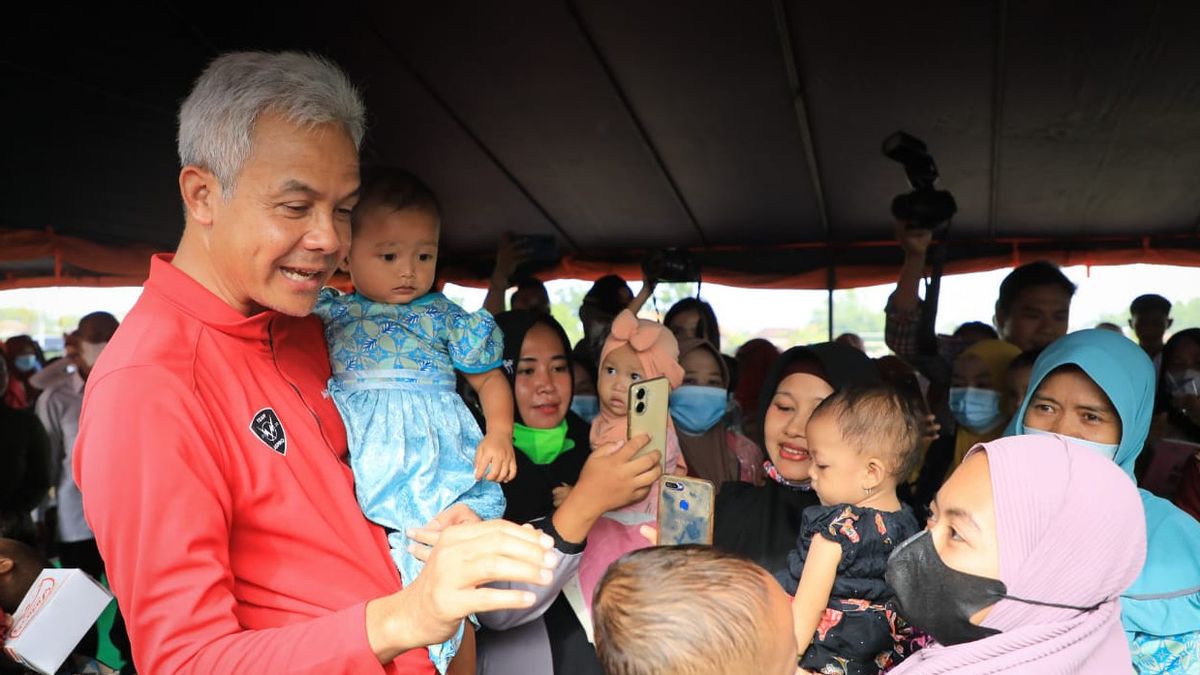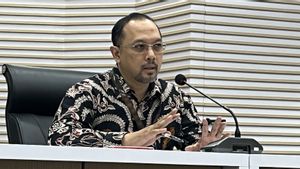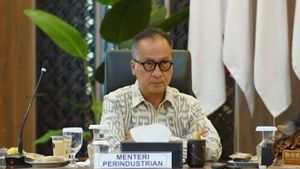The stunting rate in Central Java fell drastically by 51 percent in just four years. This extraordinary result made the Central Java Provincial Government program led by Governor Ganjar Pranowo a national reference.
Based on electronic calculations - Listing and Reporting of Community-Based Nutritions (ePPGBM), in 2018 the stunting rate in Central Java was at 24.4 percent, a year later in 2019 it fell to 18.3 percent. This percentage continued to decline over time, in 2020 stunting cases fell to 14.5 percent, then in 2021 it fell to 12.8 percent, and finally in 2022 it was 11.9 percent.
This achievement cannot be separated from the Central Java Gayeng Nginceng Wong Meteng (5NG) program launched by Ganjar Pranowo in 2016. Systematically this program monitors the health of pregnant women, from the beginning of pregnancy to baby care so that mothers and babies get optimal access to life so that mothers are safe and babies are healthy.
Not only that, Ganjar and BKKBN also formed a Stunting Reduction Acceleration Team (TPPS). The team is spread across 35 districts/cities, 576 sub-districts, and 8,562 villages/kelurahan.
"In the field, we will intervene from each stakeholder. For example, the Health Office provides additional food, add blood. It could also be from the DPU related to latrines, access to clean water," said Ganjar in Semarang.
In addition, the Central Java Provincial Government has also collected data on the number of pregnant women, prospective brides, and two-year-old children. According to data, there are around 271,000 brides and around 551,000 pregnant women in Central Java. From this data, TPPS will look for pregnant women and prospective brides who have health problems.
Ganjar said that the handling of stunting in Central Java was carried out in a multi-sector manner, involving academics and the community.
Ganjar emphasized that stunting should not be handled half-heartedly. In order to have a good impact, the reduction in stunting rates must be combined with poverty alleviation programs.
"This is our concern and this is limited by the poverty rate as well, so we will make it a joint program that we will also evaluate together," he said.
Head of the Central Java BKKBN Widwiono said there are still some areas that need special interventions such as Wonosobo and Brebes. He is optimistic that the stunting rate can be significantly reduced within two years. The proof is that Grobogan Regency, which was originally at 29 percent, is now only 9 percent.
The head of the Indonesian National Population and Family Planning Agency (BKKBN), Hasto Wardoyo, praised the Central Java Gayeng Nginceng Wong Meteng (5NG) program which was proven successful. Currently, the death rate of the mother (AKI), the infant mortality rate (AKB) and the Balita Death Rate (AKBa), including early marriage in Central Java is lower than West Java and East Java.
According to him, programs and seriousness of the Central Java Provincial Government must be imitated by other regions.
"The infant mortality rate is also good, 12 per thousand and the toddler mortality rate is also Central Java, there are 14 per thousand. This is the achievement of Central Java, I think it is felt that the number of deaths has also decreased. I am optimistic that in the last 2023, we pray that Central Java will decrease stunting significantly," said Hasto. about Ganjar Pranowo's success in reducing stunting.
The English, Chinese, Japanese, Arabic, and French versions are automatically generated by the AI. So there may still be inaccuracies in translating, please always see Indonesian as our main language. (system supported by DigitalSiber.id)













